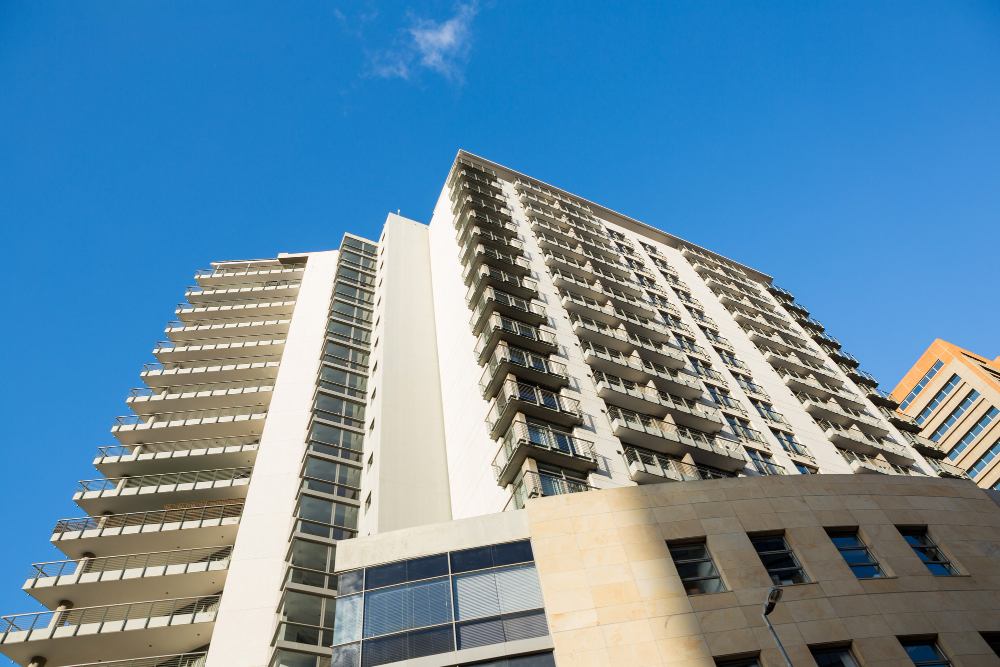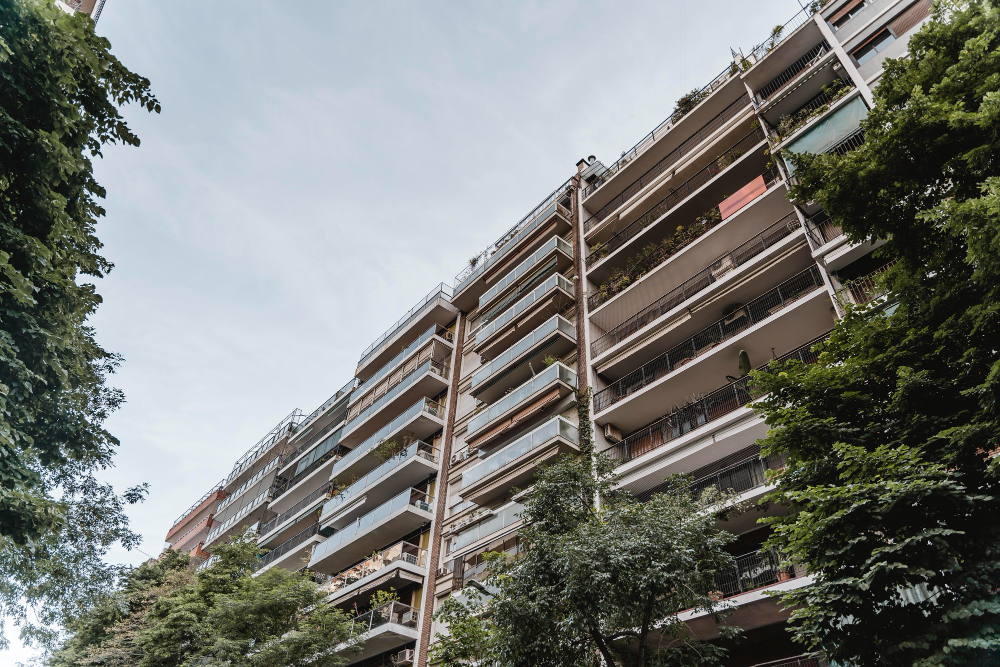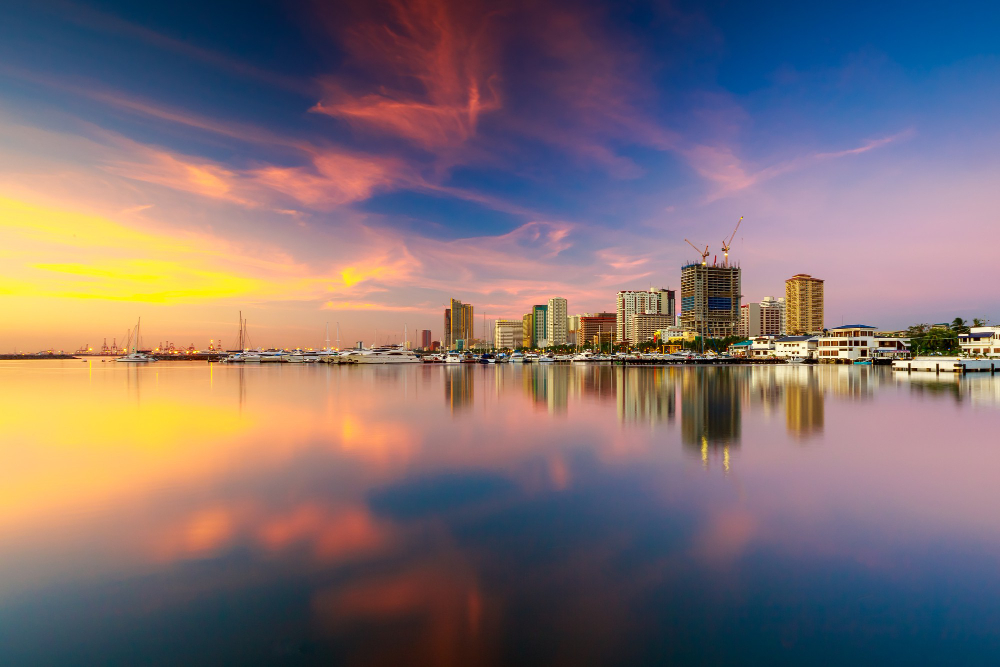The Philippine Condo Boom: Understanding the Factors Behind the Rising Prices in Provincial Areas

The condo boom in the Philippines is a recent phenomenon that has taken place in the past decade. The growth of the country’s economy has been accompanied by an increase in demand for property.
According to the Philippine Statistics Authority, the number of households in the Philippines increased by 3.42 million from 22.98 million in 2015 to 26.39 million in 2020. This means that an average of 684,000 new households were created each year during this period.
Background of the Philippine Condo Market
The Philippine condominium market has experienced a boom over the past two decades, with more than 158,000 units in Metro Manila alone as of 2022. This number is expected to grow to 200,000 by 2025. Makati City, home to the Makati Central Business District, has the most condo buildings in the Philippines while Quezon City, the most populous city in the Philippines, also has a significant number of condos, given its status as the center of the entertainment and media industry.
It’s no wonder that investors are flocking to this segment of real estate—the price of condos continues to rise and there are many incentives for young homeowners to buy their own place. In recent years we’ve seen an increase in demand for affordable housing options such as townhouses—which suit families looking for something small but still modern enough, not only do they fit comfortably within their budget but also provide them with security against natural disasters like typhoons.
Emergence of the condo market
The condominium market in the Philippines began to take shape in the late 20th century, primarily in response to the increasing demand for housing in urban areas. The growth of the business process outsourcing (BPO) industry, foreign investments, and the expanding middle class contributed to this demand.
Factors Driving the Growth
Urbanization: As the country experienced rapid urbanization, the demand for housing in urban centers like Metro Manila, Cebu, and Davao increased. Condominiums became a popular choice for urban dwellers due to their strategic locations, accessibility to public transportation, shopping malls, and amenities.
Economic Growth: The Philippine economy has been steadily growing over the past years, resulting in higher income and purchasing power for many Filipinos.
Rising Demand for Residential Spaces: With the growing population and increasing number of young professionals and families, there has been a surge in demand for residential spaces.
Investment Opportunities: The growth of the condominium market has attracted both local and foreign investors, who see the potential for high returns on their investments.
Government Support: The Philippine government has implemented policies and programs to support the housing sector, including the provision of affordable housing loans and tax incentives for developers.
Factors Behind the Rising Prices in Provincial Areas
In the past, the most important factors behind rising condo prices were economic growth and development, changing demographics and lifestyle preferences, limited land availability, and increasing land costs. But now we’re seeing another factor that has a huge impact on pricing: government policies and regulations.
- Changing demographics and lifestyle preferences: The Filipino population has been historically mobile; however, this mobility is changing due to factors such as rising educational attainment levels and increasing wealth among Filipinos (a phenomenon known as “migration-induced affluence”). This means that more people are choosing to live outside of Metro Manila or other major cities due to their desire for better schools or lifestyles.
- Limited land availability and increasing land costs: Another factor that has contributed to the rise in prices includes limited land availability and increasing land costs. The percentage of land available for residential development in the Philippines is about 20%. The remaining 80% of the land area is either unsuitable for residential development due to its physical characteristics, such as steep slopes or wetlands, or is already occupied by other uses, such as agriculture or industry. The government is encouraging the development of new residential areas to meet this demand, but the availability of suitable land is a constraint.
- Improved Quality and Design of Condominiums: Developers are continually improving the quality and design of condominiums in provincial areas to meet the increasing expectations of buyers. This includes the use of better construction materials, innovative architectural designs, and the incorporation of eco-friendly features. As the quality of condominiums improves, so do their prices.
- Infrastructure Development: The Philippine government has been investing in infrastructure projects to improve connectivity and accessibility between Metro Manila and provincial areas. These projects, such as new highways, airports, and railways, make it more convenient for people to live in provincial areas while still maintaining access to Metro Manila. As a result, the demand for condominiums in these areas increases, driving up prices.
- Developers Targeting the Mid- to High-End MarketMany property developers are targeting the mid- to high-end market in provincial areas, offering condominiums with premium amenities and features such as a fitness center a rooftop sunset bar, and a lap pool. These upscale projects cater to the growing middle and upper-class populations in these areas, who are willing to pay a premium for high-quality residential spaces. This trend contributes to the overall increase in condominium prices in provincial areas.
Implications of the Condo Boom in Provincial Areas

The condo boom in provincial areas of the Philippines has several implications for the country’s real estate market, economy, and overall urban development.
Benefits of the condo boom
- Increased housing options. A condo boom means that more people can access the housing market, which will help keep prices down. This is especially true in areas where there are not enough properties available for sale or rent.
- Increased property values. Condo development brings in new buyers and investors who want to buy into luxury condos with good views and amenities like swimming pools and fitness centers. Developers usually build several buildings at once so they can sell them quickly when they’re completed, which means you may be able to find your dream home sooner than expected!
- Economic activity: The number of businesses operating within a community increases because there is demand for goods and services provided by these establishments (e-commerce). With increased economic activity comes an increase in employment opportunities for residents; this improves the overall quality of life due to higher wages earned from working at these businesses rather than living off welfare benefits alone.
Challenges and Concerns with Affordable Condominiums
Condos have become popular among young couples due to the relatively affordable cost of purchasing a condo unit. The average price of a one-bedroom condo unit ranges from P3 million to P5 million, while two-bedroom units cost between P6 million and P8 million. These prices are significantly lower than those of existing houses and apartments in provincial cities or towns, which can cost as much as 10 times more than a similar type of property in Metro Manila (i.e., Bonifacio Global City and even Quezon City).
However, it is important for homebuyers not only to consider affordability but also other factors such as a convenient location; no matter how cheap your budget may be, if you don’t like where you live it will be difficult for you to enjoy living there peacefully without experiencing any problems with neighbors or other people around them who might cause disturbance during daytime hours when their children go out for school/work shifts etcetera.
Pressure on Land and Natural Resources
As the demand for condominiums in provincial areas increases, pressure on land and natural resources may also rise. The conversion of agricultural lands or environmentally sensitive areas for residential development can have negative consequences, such as the loss of agricultural productivity, deforestation, and environmental degradation. It is essential for developers and local governments to promote sustainable development practices and ensure that the condo boom does not come at the expense of the environment.
Potential for Oversupply and Market Volatility
The rapid growth of the condominium market in provincial areas may lead to concerns about oversupply and market volatility. If the supply of condominiums outpaces demand, this could result in a decline in property values and rental rates, potentially affecting both homeowners and investors. It is crucial for developers and local governments to carefully monitor market trends and manage the growth of the condominium market to ensure long-term stability.
Future outlook of the Philippine condo market in provincial areas

The future outlook of the Philippine condo market in provincial areas appears to be positive, with continued growth expected in the coming years. Infrastructure developments and improvements in connectivity between Metro Manila and provincial areas will likely contribute to the growth of the condo market in these regions.
Continued growth: The demand for condos in provincial areas is expected to continue growing, driven by factors such as economic growth, urbanization, and infrastructure development.
Increased competition: As more developers enter the market, competition is expected to increase, leading to a wider variety of condo offerings and potentially more affordable options for buyers.
Government policies and regulations: The government may implement policies and regulations to address challenges in the condo market, such as affordability and sustainability, which could impact the market’s future growth.
Sustainable development: Developers may focus more on sustainable practices and eco-friendly designs to cater to the growing demand for environmentally responsible housing and urban living options.
Importance of addressing challenges and ensuring sustainable growth.
While condos continue to be a popular investment option in the Philippines, there are still some challenges that need to be addressed before they can truly take off. For starters, developers need to come up with more affordable and efficient designs so that they can cater more effectively to middle-class families who want something bigger than an apartment but don’t necessarily want to spend a fortune on their new home.
- Affordability: Addressing the issue of affordability is crucial to ensure that a wider range of people can access housing options, including condos in provincial areas.
- Environmental impact: Ensuring sustainable growth in the condo market will help minimize the environmental impact of development, preserving the natural beauty of the Philippines and its resources for future generations.
- Quality of life: Addressing challenges in the condo market, such as infrastructure and public services, will contribute to improving the quality of life for residents in provincial areas.
- Economic stability: A well-regulated and sustainable condo market can contribute to the overall economic stability of the Philippines, supporting continued growth and development.
- Inclusive growth: Ensuring that the benefits of the growing condo market are shared by all, including lower-income households and marginalized communities, will contribute to more inclusive and equitable growth in the Philippines.
Looking to invest in condos for sale in prime provinces nationwide? Browse hundreds of listings at AllProperties!




